As you might have seen in the newsletter or on my social media, May 2019 marks parCitypatory’s third birthday!! Thank you to all followers for your support 🙂
To mark this special occasion, I decided to go ahead with a project I have had in mind for a while now: Looking more closely at Mexico City’s urban development and asking in particular, how does this metropolis intend to implement SDG 11?
You will see a whole series of articles trying to answer that question. I will try to bring the topic to life by adding many examples of what is already being done. For now, here is some introductory information:
SDG 11 is all about cities and human settlements inclusive, safe, resilient and sustainable. In my capacity as a Local Pathways Fellow with the Sustainable Development Solutions Network (SDSN), I research on target 11.3, which aims to “By 2030, enhance inclusive and sustainable urbanization and capacity for participatory, integrated and sustainable human settlement planning and management in all countries.”, focusing on Mexico City.
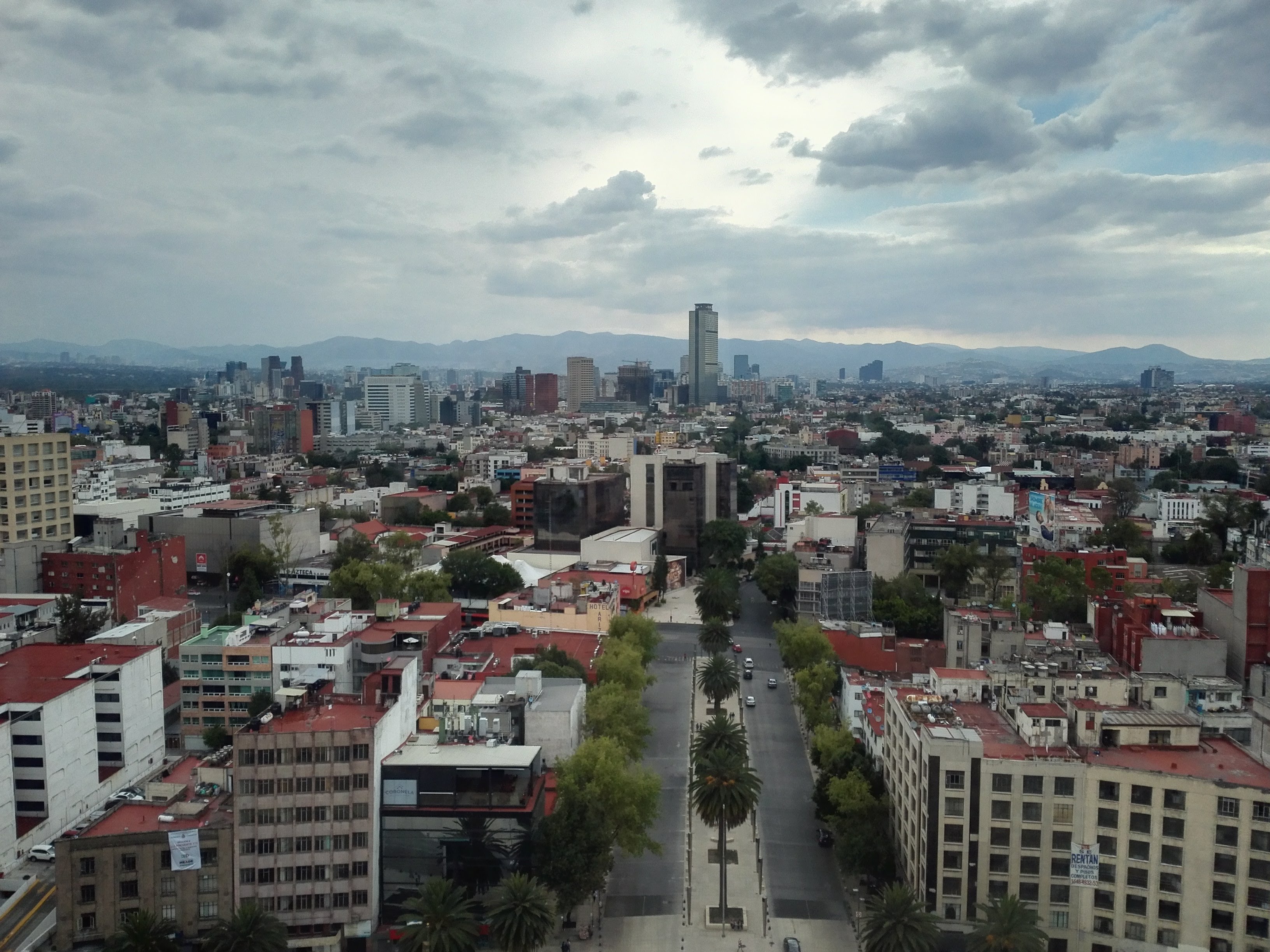
Based on this focus, the following attributes of a city are crucial in order to achieve SDG 11:
- Inclusivity
- Safety
- Resilience
- Sustainability
- Participatory, integrated and sustainable planning
I will give you an overview of the status quo on all of these elements in the articles to come. However, the data situation, as in many other cities around the globe, is rather bleak. Evaluation of existing data is often missing and because of a lack of participation, it is hard to get data from communities. At the same time, it is almost impossible to put something like “inclusion” in numbers. Therefore, I will try to measure the relevant indicators, but I will also give you an idea based on interviews with experts and my personal impressions. One interesting tool to get an idea of the current status of any SDG in your city or country is the City Prosperity Index. For Mexico City, it looks like this:
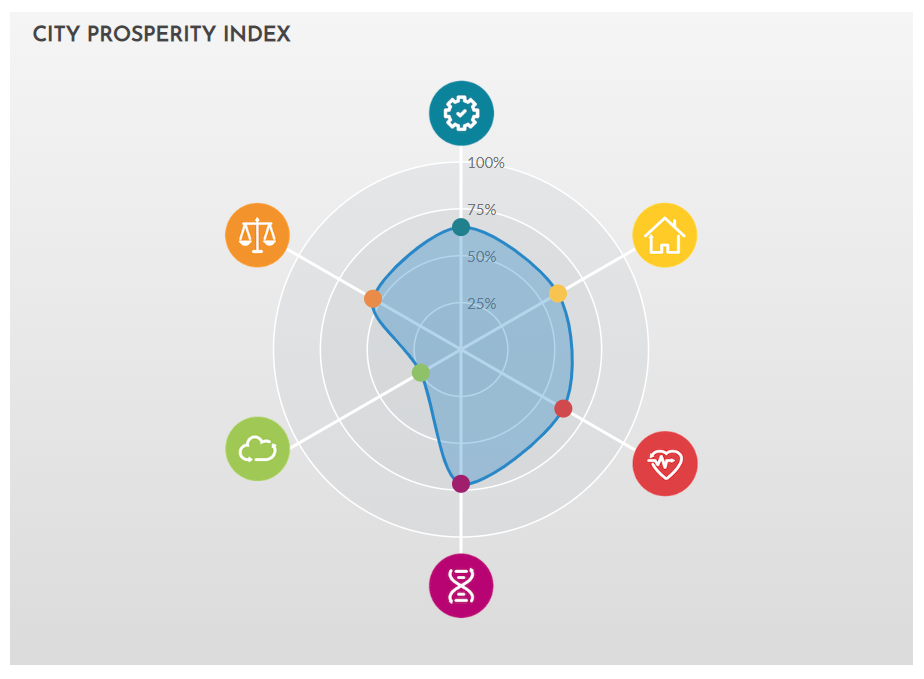
Inclusivity, resilience and sustainability in Mexico City
Interestingly, Mexico City is already performing quite well on resilience. It is part of the 100 Resilient Cities initiative by the Rockefeller Foundation. This was evidenced in 2017, when a big earthquake hit the city on the same day it had hit in 1985. While back then consequences were dramatic, in 2017 the city showed that it had learned a lot from its mistakes. By now, buildings are much more resilient to earthquakes and, most importantly, people know what to do once they feel the first shakes or hear the alarm. Another indicator of resilience is disaster communication – have a look at this article I wrote last year about Iztapalapa in Mexico City to see how this poor area deals with floods and other disasters!
Inequality and inclusion are closely linked to each other. This city is very unequal and as always, urban planning usually hits the vulnerable and neglected parts of the city with more negative impacts. There is a big need for a more inclusive approach to urbanisation. Currently, women as well as children, students, disabled and older people, but also indigenous, dyslexic and other groups in Mexico City do not have a lot to say when it comes to planning their city. This exclusion goes so far as to the need of having a Women’s Only train carriage on the metro, which I think should not be necessary in an inclusive city.
Looking at the situation in informal settlements, there is some information on the Agenda 2030 Mexico website. The committee only looks at SDG 11.1 (“By 2030, ensure access for all to adequate, safe and affordable housing and basic services, and upgrade slums”) and finds that in 2014, 11% of the population lived in precarious and “irregular” settlements. The index on the website is quite interesting, but out of data and not complete.
When it comes to sustainability, Mexico City is definitely working on getting a reputation as a green innovator. One example is the Via Verde, that attempts to cover pillars on the city’s largest ring road, the Periférico, with plants to improve air quality.
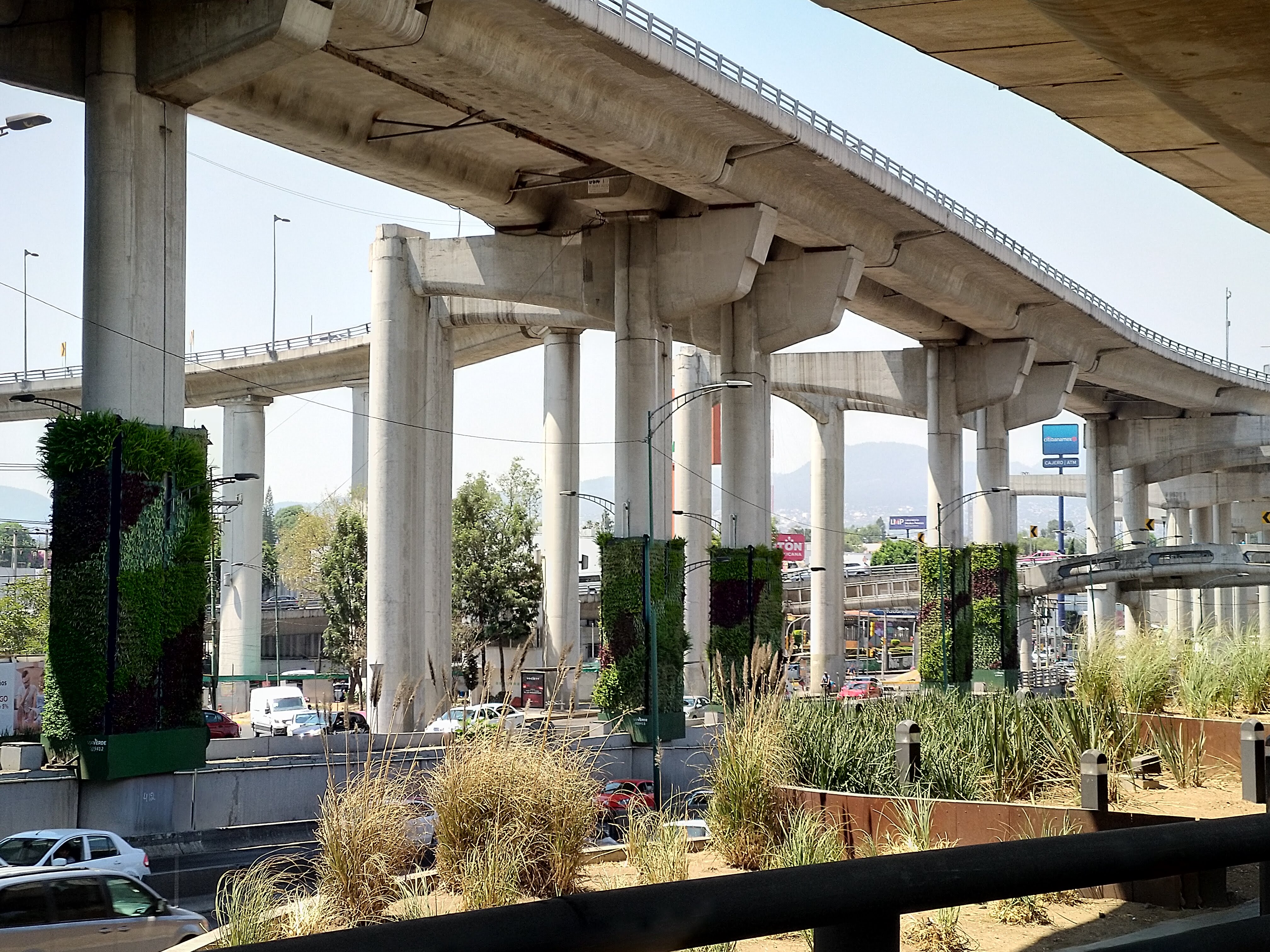
Participation in Mexico City
Of course, ParCitypatory will focus on participation in Mexico City when it comes to SDG 11. In general, people in Mexico City seem to be open to participatory platforms. There are quite a few of them and especially when it comes to using social media, there is a willingness to participate. At the same time, the fear of corruption even in participatory initiatives is wide-spread and in many cases justified. It is also important to know that Mexicans as a post-colonial and authoritarian society tend to go with the flow, rather than coming up with creative big-picture solutions themselves.
The City Prosperity Index shows that in terms of urban governance, Mexico City is at 54% of reaching its goal (although it is not clear how up to date this number is), whereas participation is only at 31.6%. This confirms many other “unofficial” impressions I gathered in personal interviews. Mexicans are relatively shy to participate.
Therefore, I think that trustworthy bottom-up initiatives are the key to lessen fear and distrust in participatory initiatives. Accessible tools such as the messaging service WhatsApp can play an important role.
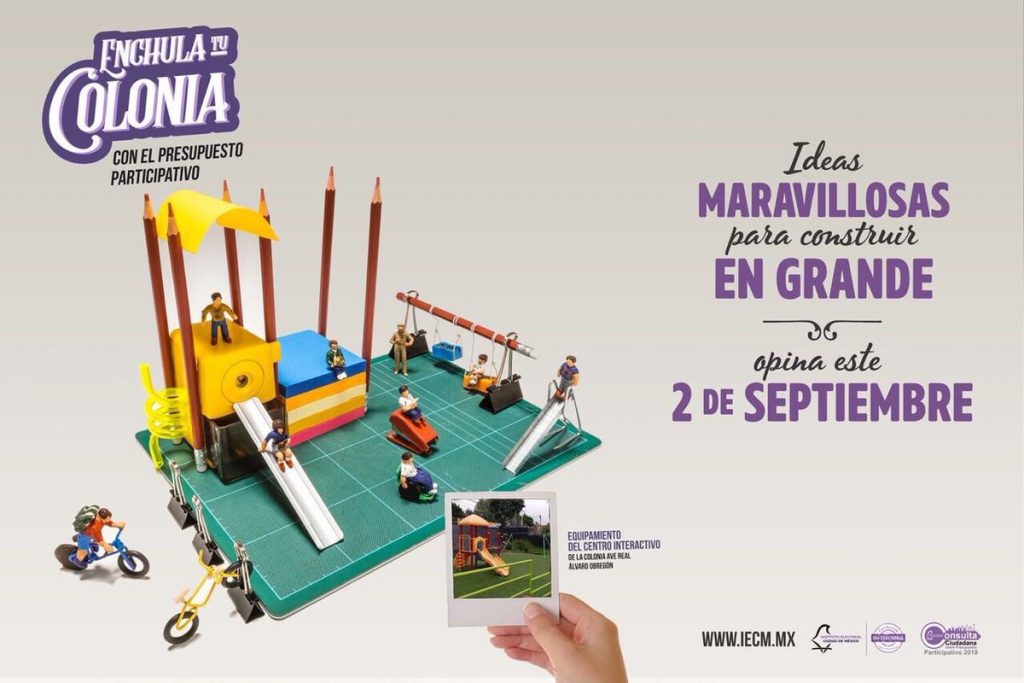
The new mayor of Mexico City, Claudia Sheinbaum, has been in office since December 2018. She is working on the “presupuesto participativo” and is expected to present the new City Development Plan towards the end of 2019. In the meantime, there is a bit of a standstill in terms of urban development and participatory initiatives. One interesting project uses the hashtag “enchula to colonia” (pimp your neighbourhood). It invites citizens to submit ideas for small local projects that would improve their neighbourhood. However, based on the number of times the hashtag is being used on social media, the threshold to participation is big.
In 2017, there was a first evaluation of the city’s progress towards the SDGs. The report names more beneficiaries of social housing, the bike sharing programme Ecobici, more Métrobus lines and green rooftops of government buildings as results. That is a start, but there is so much more to be done!
So, what is being done in order to meet the SDGs?
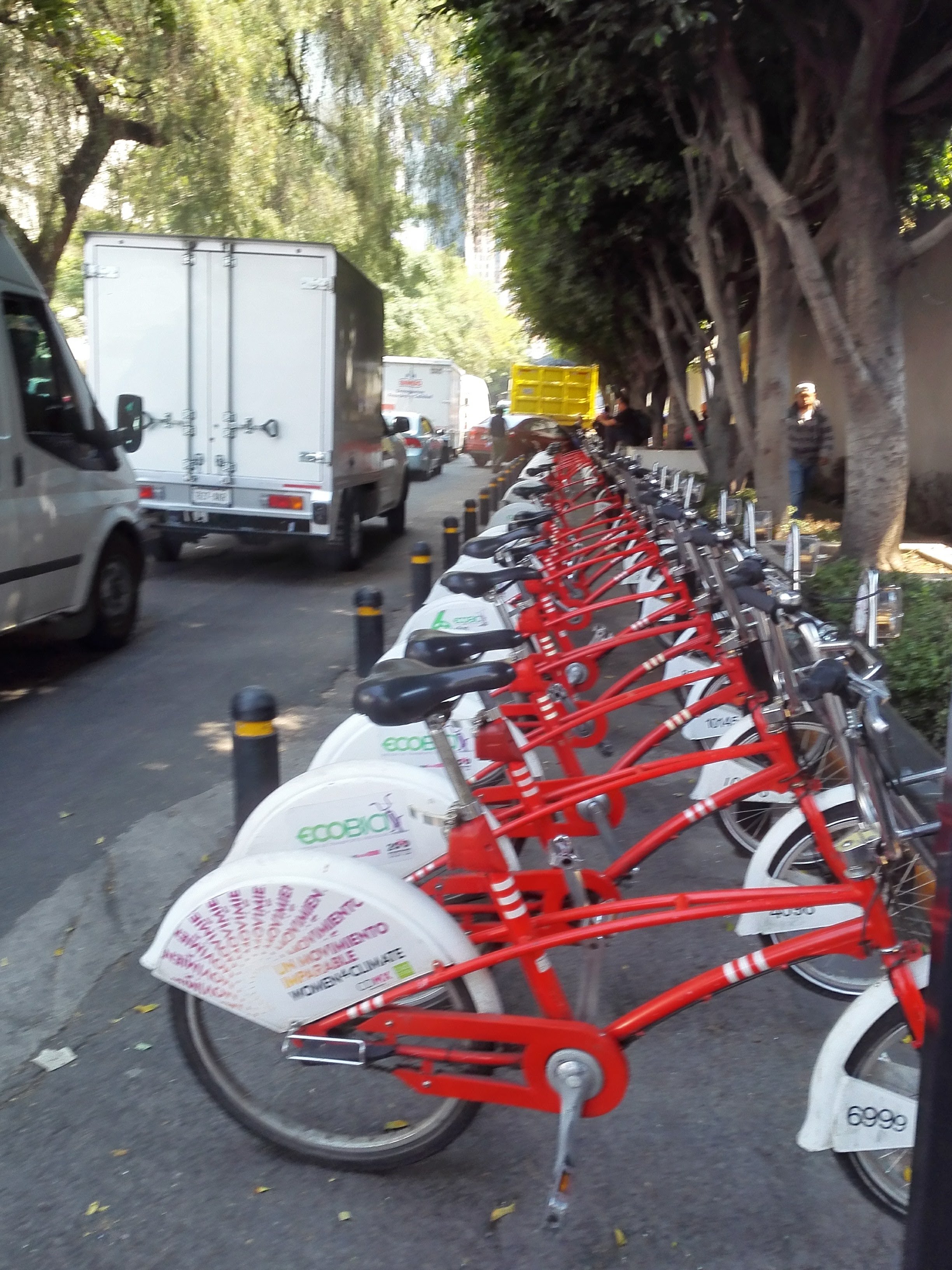
First of all, it was a big process that in early 2019, SDSN launched its Mexico branch. This means that hopefully, civil society will be well informed about the goals and that they will be furthered in Mexico City and other Mexican city.
Secondly, the current mayor of Mexico City, Claudia Sheinbaum, is working on a new urban development plan (the PLAN CDMX), which will focus on the following aspects:
- Improved access to potable water
- Fighting corruption in city government
- Construction of educational facilities
- More public spaces
- Re-building after the September 2017 earthquake
- Better social housing projects
- Fora for citizen participation in order to elaborate a new Urban Planning Law, a new Urban Development Law and a Programme for Urban and Spatial Development
- Working on conflicts between private builders and neighbours
- Investments in public transport
Read more (in Spanish) of the goals here.
Thirdly, there is a big need to engage civil society! NGOs are already working on this, but they battle a lack of funding and of political will or interest. At the same time, it seems that people need to be reminded of the Mexico City Constitution, which was developed in 2017. It actually focuses on the Right to the City and on participation. Now would be a great time to make this a reality!
Overall, there are some interesting initiatives going on in Mexico City when it comes to meeting the SDGs, and the launch of the SDSN Mexico branch hopefully will support further process. However, I think there is a need to dramatically upscale projects and provide much more funding for smaller projects as well. Time is pressing and although the process to develop the new city-wide development plan is relatively participatory, it does not focus enough on citizen participation or the engagement of civil society as a tool towards meeting SDG 11. An international panel is counselling the mayor and the Mexico City Constitution is a very interesting document that should be considered by government (and civil society).
Keep following this series and look out for the hashtag #sdg11inmexicocity on my social media to learn more about what is being done and what could be done to make Mexico City more sustainable, inclusive, resilient, safe – and participatory!
#sdg11inmexicocity: Connecting the Outskirts to City Centre with Cable Cars

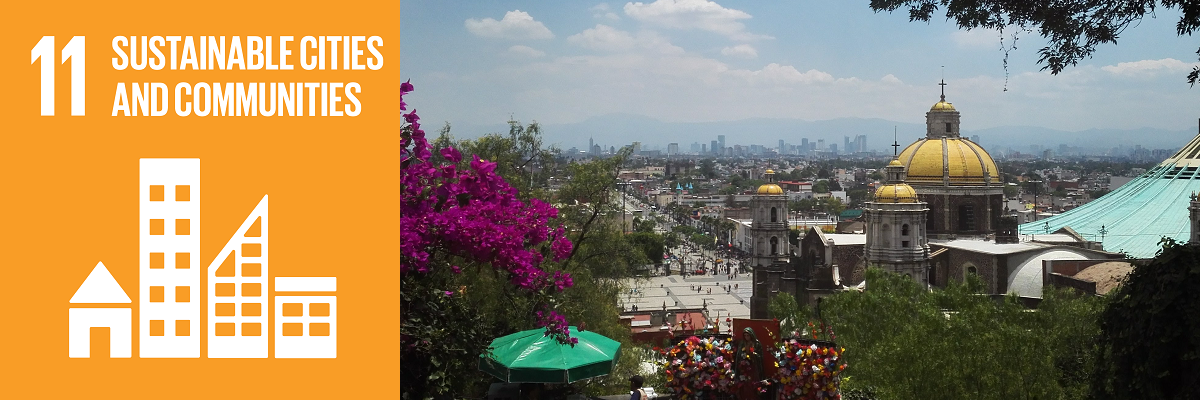
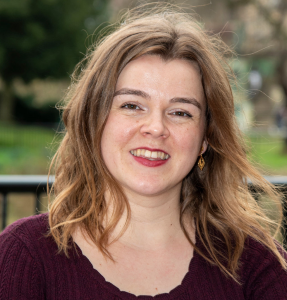
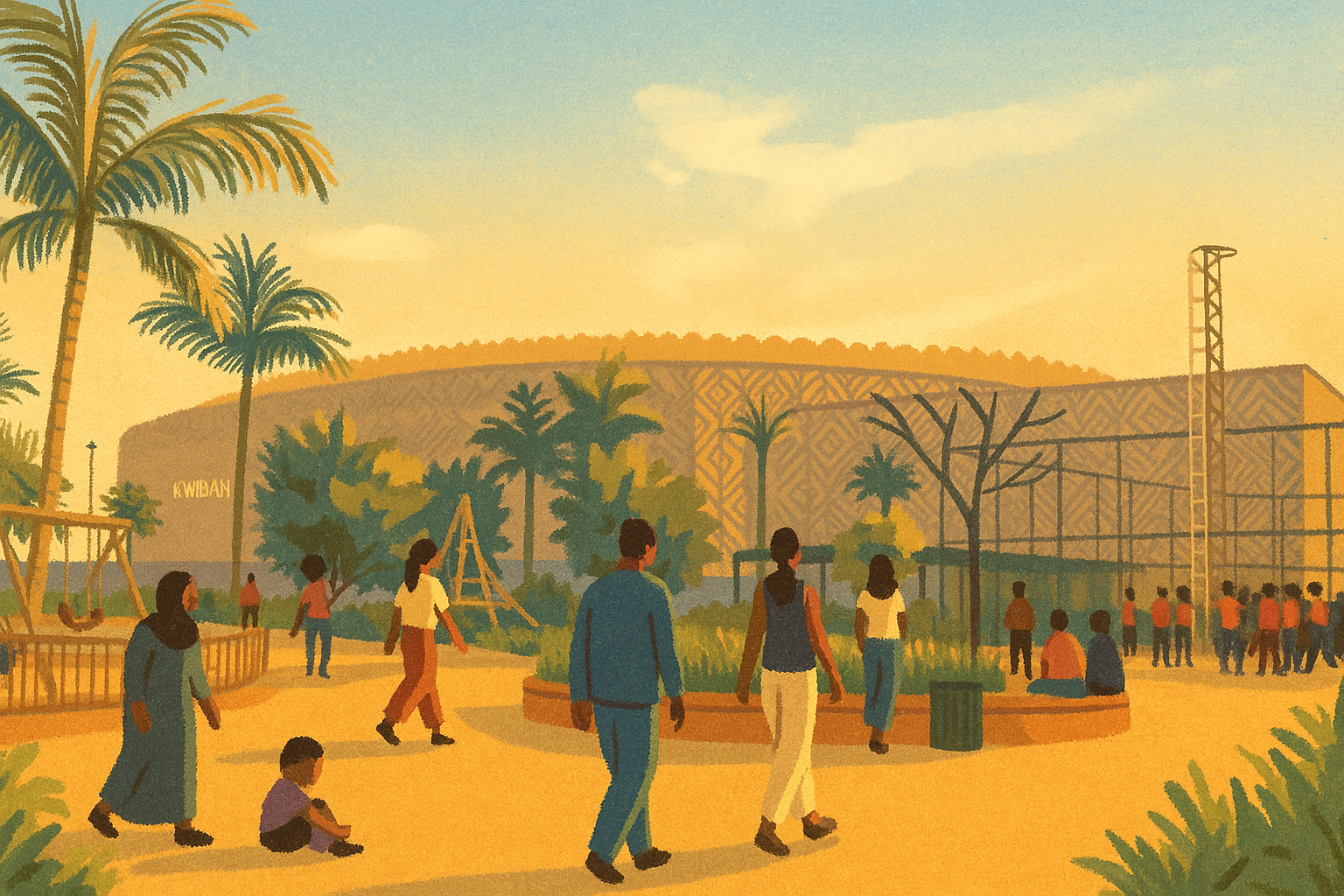
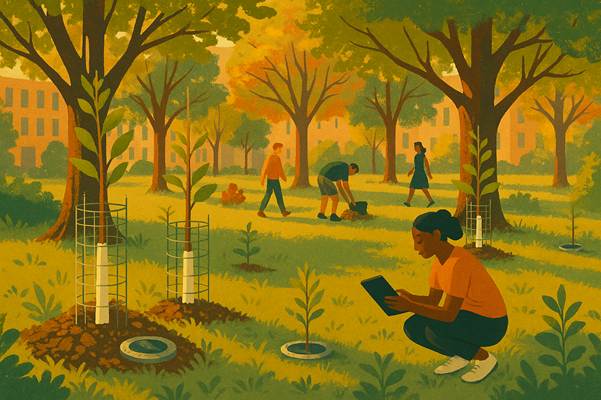
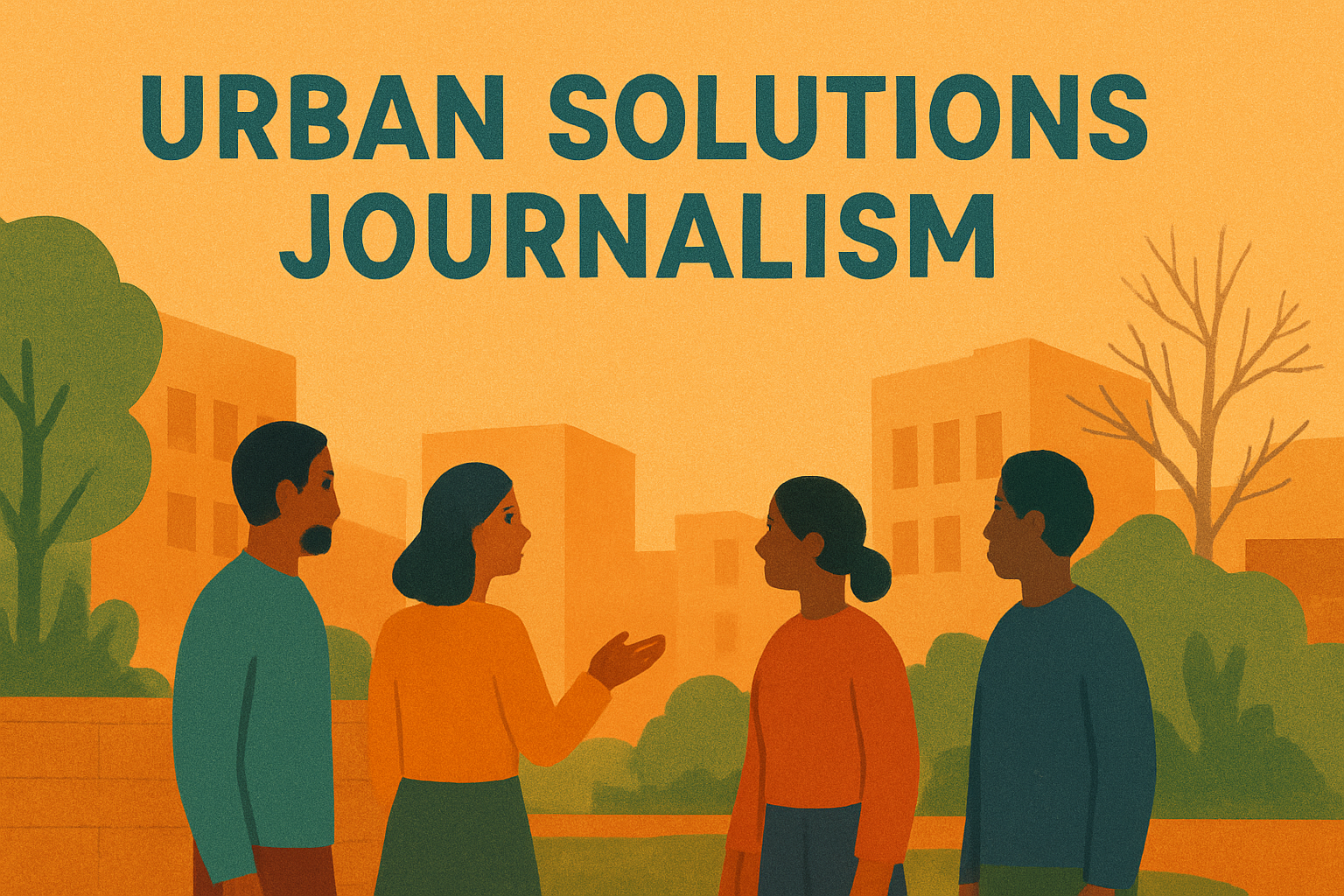

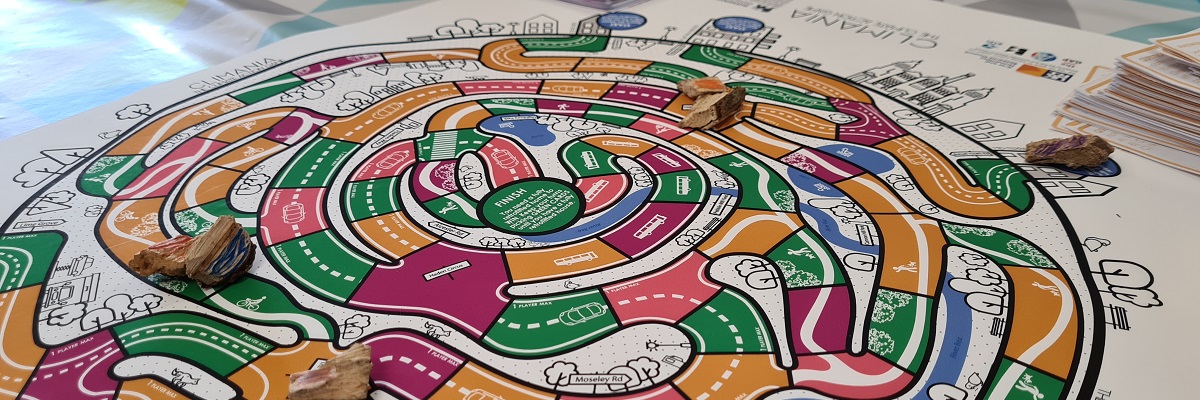

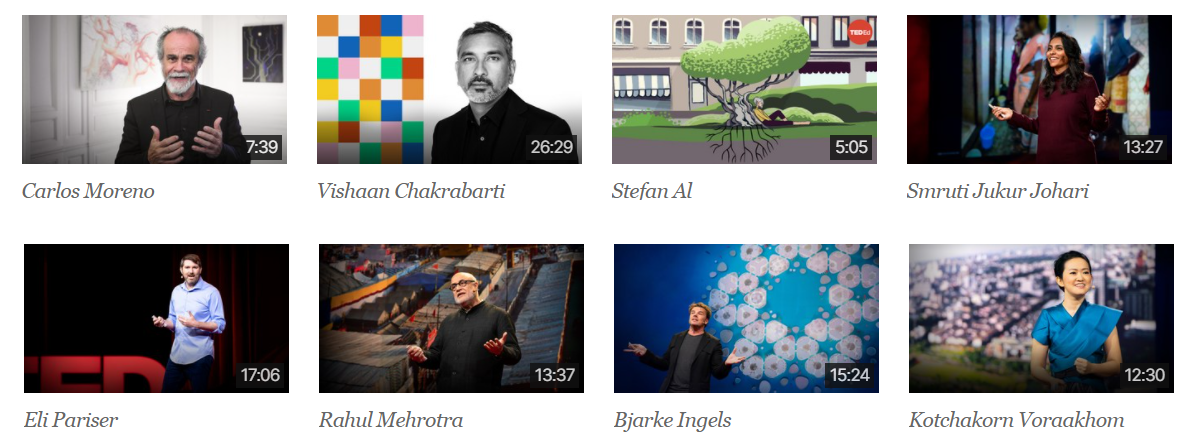

One Response
Really enjoyed reading this article! Moving towards sustainable solution are really important. I read another article similar to yours which was also educating on the topic, you might find it interesting: https://www.valuer.ai/blog/identifying-new-business-models-and-technologies-within-sdg-11